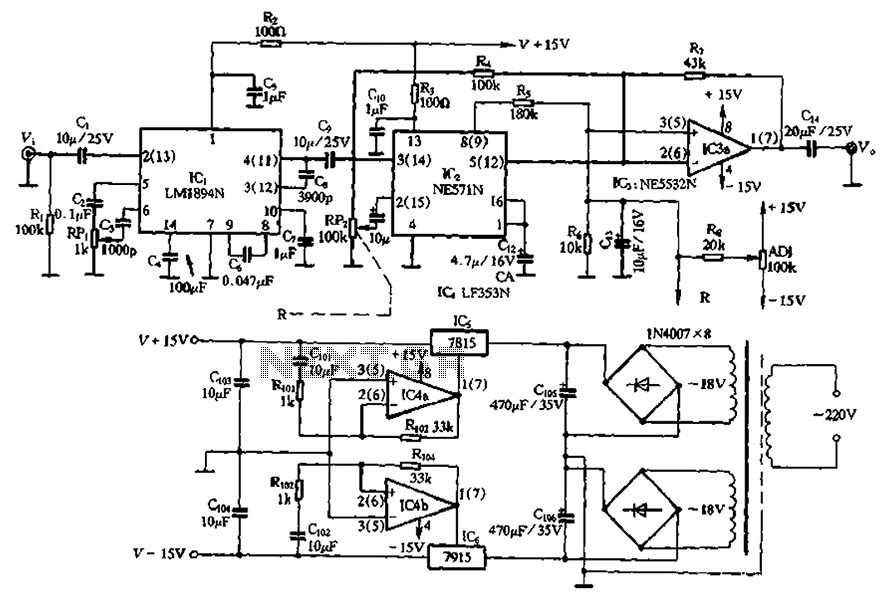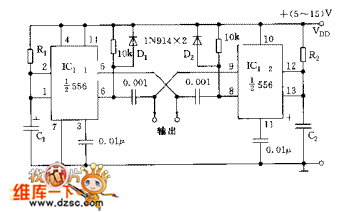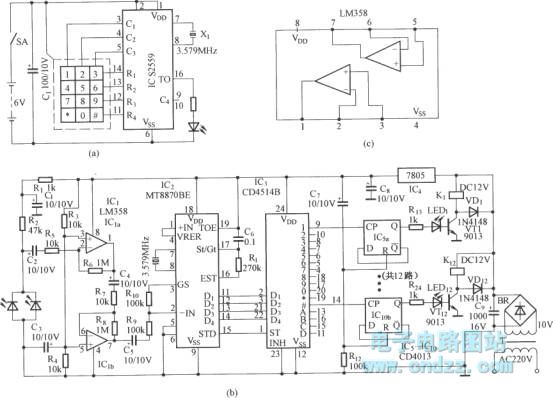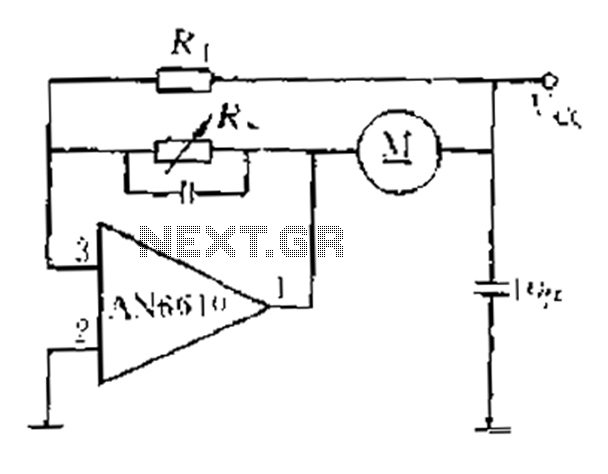
In-Car lights delay circuit
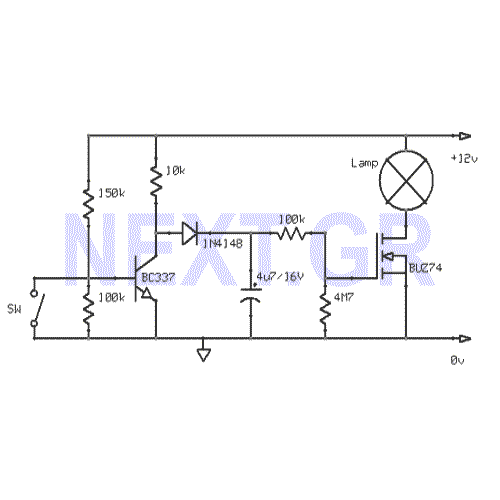
This circuit gradually switches the internal lights of a car on and off. The delay time can be adjusted by changing the values of the 10k and 4.7M resistors, as well as the capacitor.
The circuit operates by utilizing a timing mechanism based on an RC (resistor-capacitor) network. The 10kΩ resistor and the 4.7MΩ resistor are connected in series with a capacitor, forming a delay circuit that controls the charging and discharging time. When the circuit is powered, the capacitor begins to charge through the resistors, and the voltage across the capacitor increases gradually. Once the voltage reaches a certain threshold, it triggers a transistor or a relay that activates the internal lights.
To adjust the delay time, the values of the resistors and the capacitor can be modified. Increasing the capacitance or the resistance will result in a longer delay, as it takes more time for the capacitor to charge to the threshold voltage. Conversely, decreasing these values will shorten the delay time.
The circuit can be powered by the car's battery, ensuring that it operates effectively when the vehicle is in use. Additionally, it is essential to include protection components such as diodes to prevent reverse polarity and protect the circuit from voltage spikes.
In summary, this circuit provides a practical solution for controlling the internal lighting of a vehicle with adjustable timing, enhancing user convenience and safety. Proper selection of components and configurations will ensure reliable performance in automotive applications.This circuit switch slowly on and off the internal lights in a car. The delaying time can be adjusted changing the values of the 10k, 4M7 resistors and capacitor. Source: NEXT. GR 🔗 External reference
The circuit operates by utilizing a timing mechanism based on an RC (resistor-capacitor) network. The 10kΩ resistor and the 4.7MΩ resistor are connected in series with a capacitor, forming a delay circuit that controls the charging and discharging time. When the circuit is powered, the capacitor begins to charge through the resistors, and the voltage across the capacitor increases gradually. Once the voltage reaches a certain threshold, it triggers a transistor or a relay that activates the internal lights.
To adjust the delay time, the values of the resistors and the capacitor can be modified. Increasing the capacitance or the resistance will result in a longer delay, as it takes more time for the capacitor to charge to the threshold voltage. Conversely, decreasing these values will shorten the delay time.
The circuit can be powered by the car's battery, ensuring that it operates effectively when the vehicle is in use. Additionally, it is essential to include protection components such as diodes to prevent reverse polarity and protect the circuit from voltage spikes.
In summary, this circuit provides a practical solution for controlling the internal lighting of a vehicle with adjustable timing, enhancing user convenience and safety. Proper selection of components and configurations will ensure reliable performance in automotive applications.This circuit switch slowly on and off the internal lights in a car. The delaying time can be adjusted changing the values of the 10k, 4M7 resistors and capacitor. Source: NEXT. GR 🔗 External reference


